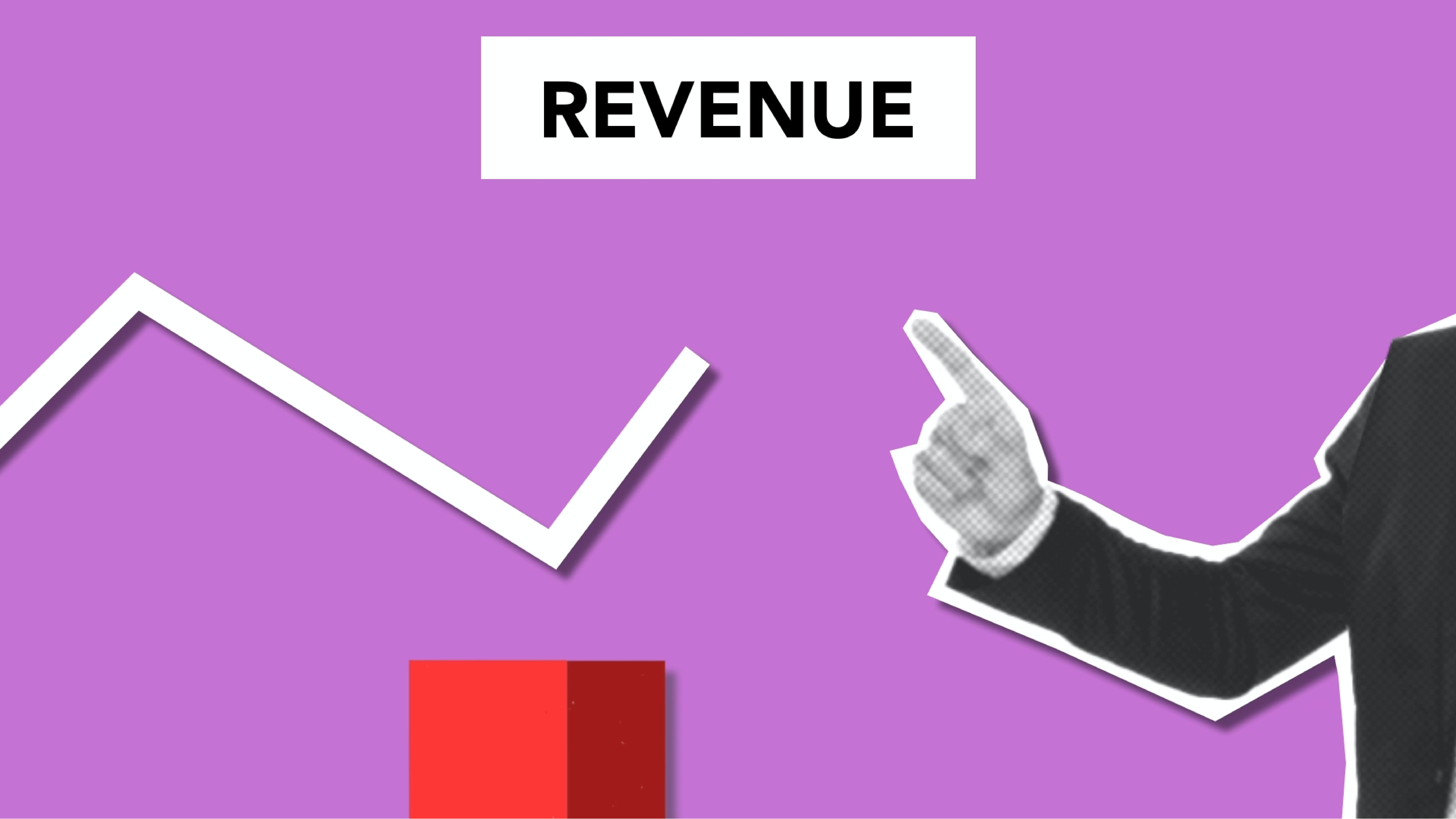
Is your current customer journey costing you customers to bad experiences? It’s important to see the big picture and identify where things are going right as well as where your customer journey might need an adjustment.
But here’s the deal: Your customers aren’t only interacting with your organization via your desktop site. In fact, eighty-five percent of customers expected a brand’s mobile site to be just as great as its desktop site—if not better.
What’s more, consumers aren’t only coming to your organization via your website and mobile site. In our omnichannel world, they’re interacting with and making purchases from your social media channels, receiving your emails, and discovering your mobile app.
There are many ways that consumers find and connect with your brand today. And once they start to interact with your organization, they are also connecting with your sales and marketing teams, your customer service professionals, and all the people who keep your company going.
When teams use different tools to support their operations, the same technologies that have gotten your business to where it is today may be creating work silos. Hand-offs from one team to another might be inconsistent, and your customers may wind up feeling lost in the shuffle.
Customer experience is an emotional journey. From feeling confident to feeling respected, key moments in the customer journey spark feelings that lead to loyalty or abandonment.
What does this tell us? There’s not much space for your customer journey to come up short. Customer journey mapping can help fill in the gaps. Here’s what you need to know about crafting an effective and actionable customer journey map.
What Is a Customer Journey Map?
You may already be aware of what a customer journey map is, but now is a great time to reexamine each step of the customer journey mapping process
Your customer journey starts as soon as your customers become aware of your brand and how your enterprise can solve a problem or pain point that they are experiencing. It continues to the moment they discover your organization and follows through the time your customers make a purchase or become a service user, all the way through their final interactions with you at the end of the customer lifecycle. User experience (UX) journey mapping, in particular, examines how customers achieve their goals or complete an action.
Essentially, customer journey mapping is the depiction of every engagement a customer has with your service, brand, or product from pre-purchase to post-purchase.
Some choose to break the customer journey into three steps :
- Pre-purchase and sales
- Use and renewal
- On-boarding
The customer journey map is a visual representation of the whole experience with your brand. It’s an invaluable tool that, when done properly and objectively, delivers actionable insights about how you can best meet the needs of your customers and clients at every touchpoint, what factors are motivating or slowing their progress, and how to optimize your operations enterprise-wide to increase internal efficiency.
Your customer journey map also tells a story. It helps you better understand what your customers experience from every touchpoint, channel, and platform, and with every department in your company, including your app, social media platforms, emails, live chat features, and any other channel or tool you might use in your operations.
For both B2B and B2C companies, your customer journey map is a great way to discover friction points, which in turn helps you provide the best possible customer experience.
How to Map the Customer Journey
Your customer journey map is an overarching look at every possible way people interact with your organization.
It’s a heavy lift.
So where do you start? How do you map it all out?
There are definitely plenty of templates online, but it’s rarely as simple as just filling in the blanks—after all, your organization isn’t like any other. A successful customer journey map accurately reflects every stage of interaction with your brand from the customer’s perspective, but it should also present the emotional responses that your customers experience when they are navigating this journey.
Here are the considerations and key elements to keep in mind as you build your customer journey map.
- Your Customer Persona: This is a representation of who your customers actually are. It’s an amalgamation of research and data about the demographics of your real-life customers, but also what they want, what motivates them, what frustrates them, what technologies they use, and for B2B brands, their role in their organization. While you undoubtedly have multiple personas for your business, for best results, you should only work with one customer persona for each customer journey map you create.
- Each Interaction and Trigger Along the Customer Journey: Here, you’ll want to outline all the processes your customers take, from establishing awareness of your brand to making a purchase, getting support, and beyond. While this may not be a truly linear journey in real life, you’ll want to divide the journey up into separate steps, including phases like awareness, consideration, purchase, retention, and advocacy.
- Core Needs: Your customers are all coming to your brand because they have a problem they need to solve. This is the chance to identify not only these initial needs but also what additional considerations you may need to address along the customer journey.
- The Thinking and Feeling Emotional Journey: What are the emotional highs and lows of your customer’s journey? Remember: Your customers are seeking a solution to their problem, so each point along the journey will have some kind of emotion. It might be frustration or relief, happiness, excitement, or worry. These emotions are crucial to understanding what’s working—and what’s not.
- Pain Points and Moments of Truth: What is getting in your customer’s way? When customers are in pursuit of a specific mission, there may be issues that include things like hand-offs from marketing to sales teams, communication between sales and support teams, or even issues with the user experience with a particular client-facing tool or page. Each of these pain points can be traced back to a particular touchpoint, helping you get a clearer picture of the path forward. Moments of truth refer to the places along the journey where you have the biggest chance to impact the customer's decisions, as well as what they think and feel about their interactions and your brand as a whole.
- Every Touchpoint: Every time a customer interacts with your brand or gathers information, that’s a touchpoint. Likewise, every point of contact for your customers is another touchpoint. This might be a TV ad, your website or mobile site, social media accounts, online reviews, customer service interactions, emails, sales calls, chatbots, self-service options, and more.
- Data-Driven Research and Customer Feedback: What are your real customers saying about your brand? What actions are they taking? An important part of your customer journey map is looking at what customers do, but also what they think and feel about your brand. This is the moment to gather data to get a clearer, unbiased view of what’s actually happening along the customer journey.
- The Prioritization of Opportunities for Improvement: Discovering where you can address pain points, negative emotions, and roadblocks in the customer journey, then prioritizing the top opportunities that provide the most growth potential.
- Actionable Recommendations and Strategies: Once you have identified the key areas of improvement that will have the biggest impact, it’s time to set goals and take action. Clearly identify who is responsible for each action and set up a timeline to complete the changes. Clearly defined teams keep communication open and conversations productive from the start.
- Responsiveness to Change: Your customer journey should be a living document. It should grow, change, and evolve as your company does, which means that as your customer journey shifts, as your internal operations change, and as your technologies progress, your customer journey map should respond accordingly.
Building a Customer Journey Map: Helpful Hints
Building an actionable, insightful customer journey map that covers your entire enterprise is an involved process; one that takes time, nuance, and attention to detail. Here are a few tips to ensure that the map you’re creating sets you up for success:
- Set a goal. What do you want your customer journey map to help you achieve? As you look to level up, knowing what you need your map to tell you will prevent you from getting off course or taking too broad of a scope.
- Ask for feedback. Depending on your goals, you’ll want to survey either a broad range or targeted segment of your customers to better understand the buying journey from their perspective. You may even opt to speak with them directly to get a clear picture of what the customer journey is actually like.
- Talk to your customer service team. Your customer service support team members are experts in what your customers want and need, as well as what their struggles are. Find out what pain points come up the most for your customers by talking to your team to help you fill in the gaps.
- Think about making multiple maps. Different demographics and psychographics have different needs and may take different courses through the buying journey. By creating different maps for each audience, you can determine how different buyers make purchasing decisions.
- Update your maps. After you release a new product, change a channel, or alter one of your services, your enterprise customer journey and buying processes change. Just one extra form field may become frustrating to some buyers, so review your customer journey maps before and after making these changes to evaluate the customer experience and how you can make it better.
- Share your journey maps company-wide. You created your customer journey map with the entire organization in mind, so make sure that your entire team can access and work from the same map across the entire enterprise, offering feedback and keeping your customer experience as the primary focus.
Your customer journey map should foster interdepartmental collaboration, putting a diverse range of customers at the center of what you do. For quite some time, customer journey mapping was completed on whiteboards and large paper murals, but this makes collaboration a challenge.
The solution? Take your journey mapping digital. JourneyTrack™ is the only digital customer journey mapping tool of its kind that fosters communication and collaboration between departments. With JourneyTrack™, your organization can work from the same data set to do things like:
- Democratize and govern your customer journey mapping
- Collaborate in real-time as you build and adjust customer personas and customer journey maps
- Measure, rank, and score potential improvement opportunities to optimize impact, take action, and make notable changes
- Catalog, share, and search insights so that research is available and accessible to everyone
- Incorporate diversity, equity, and inclusion goals into your customer journey map with Key Lime’s included Inclusivity Index™
Key Lime Interactive provides customer journey mapping solutions, services, and insights to help you make the most of your customer journey map. Download a visual infographic with more details about the customer journey map here, then contact us today to get started.









Comments
Add Comment